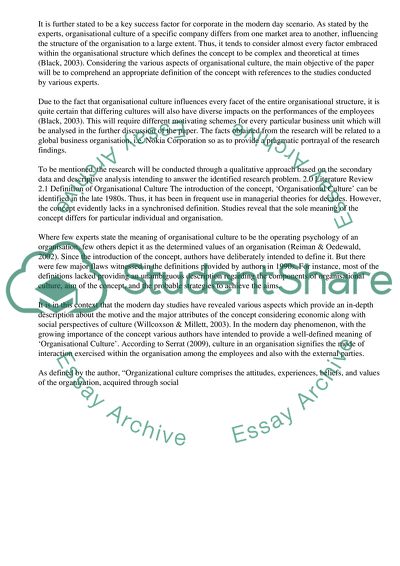Cite this document
(“Management of Human and Organisation Essay Example | Topics and Well Written Essays - 3500 words”, n.d.)
Retrieved de https://studentshare.org/management/1390135-c3-management-of-human-and-organisation
Retrieved de https://studentshare.org/management/1390135-c3-management-of-human-and-organisation
(Management of Human and Organisation Essay Example | Topics and Well Written Essays - 3500 Words)
https://studentshare.org/management/1390135-c3-management-of-human-and-organisation.
https://studentshare.org/management/1390135-c3-management-of-human-and-organisation.
“Management of Human and Organisation Essay Example | Topics and Well Written Essays - 3500 Words”, n.d. https://studentshare.org/management/1390135-c3-management-of-human-and-organisation.


